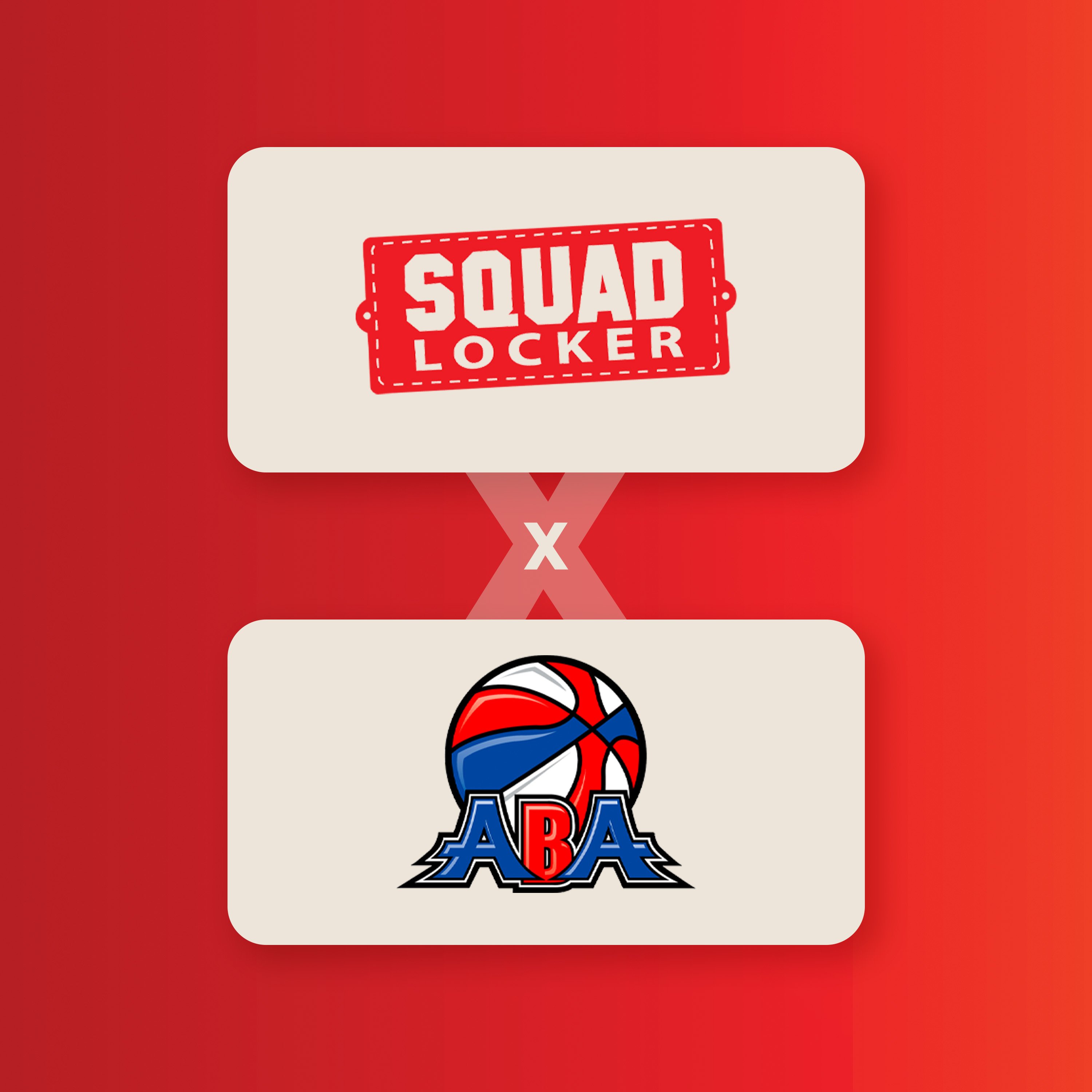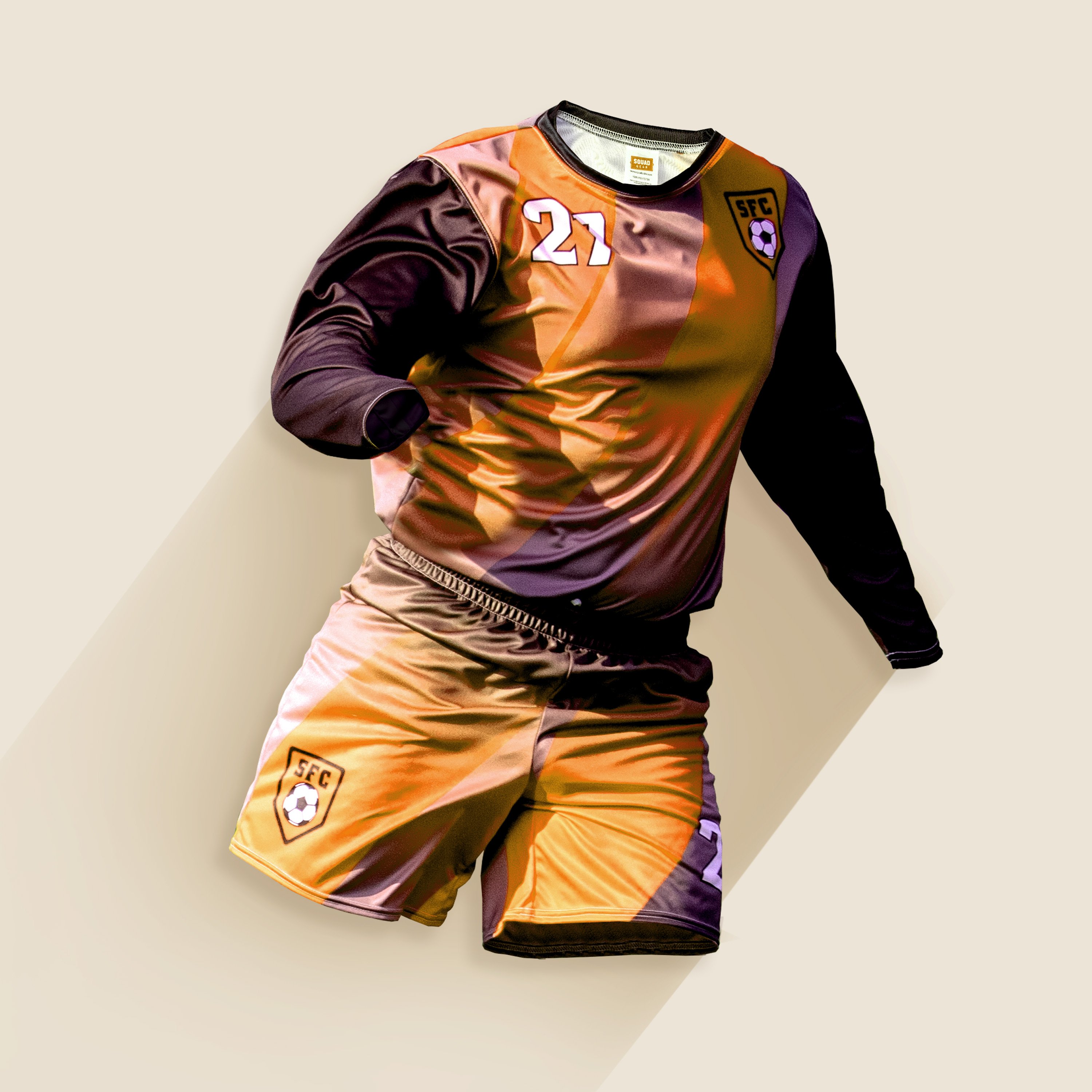There is no denying that soccer is a fun sport. It is taking on new life in the United States as more and more people are becoming interested in it. America's newfound love for the soccer is mostly due to the national team is growing into a serious competitor, but that’s only one of the reasons.
Children are becoming more interested in the sport too, which is great, but parents need to understand soccer is a contact sport. We feel this knowledge is important because it helps children, coaches and parents understand the risk of injury.
Common Soccer Related Injuries
Most injuries related to soccer deal with a traumatic blow or an injury associated with a muscle that was overused or used before it was able to heal. The following are some of the most common injuries associated with soccer:
Ankle sprains
Ankle sprains are perhaps one of the most common injuries in the sport. This happens when ligaments are stretched or torn. It could be due to an impact, but it might also happen when a player takes an awkward step while playing.
Achilles Tendinitis
This injury is more chronic and may take a while to truly affect the player. It starts as a little pain near the back of the ankle, which is often ignored until there is a tendon rupture. This is usually due to overuse.
Concussions
Concussions happen when there is a blow to the head.
Groin pulls
A groin pull is a strain that happens when the inner thigh muscles stretch beyond capacity.
Hamstring pull
Hamstring pulls are similar to the groin pull except the injury is on the back of the thigh.
Iliotibial band syndrome
These injuries usually causes constant knee pain and occur due to excessive friction.
Muscle cramps
Cramps feel like sudden and intense pain. This is due to an involuntary muscle contracting. The muscle does not relax, causing the pain to last for some time.
Blisters
Blisters are common injuries among soccer players. These are fluid-filled sacks on the skin, which are quite painful. This usually happens due to improper shoes or because the player did not wear the right kind of socks.
Delayed-onset muscle soreness
Delayed-onset muscle soreness is acute pain that does not affect the player until 24 to 48 hours after the rigorous physical event has occurred.
Of course, we have only highlighted a few injuries that soccer players might have to deal with. There are other possibilities like face-related injuries due to a ball hitting the face. Other players may experience injuries with their upper extremities usually caused by other players or by suddenly falling on an outstretched arm.
How to Prevent Common Injuries
We know it is impossible to guarantee that children will not have any injuries during the game, but there are some preventative measures that parents, coaches and children can take. The following are just some tips we suggest that might prevent injuries:
1. Be sure players get enough rest. This means a good night's sleep without staying up late to watch a show or movie.
2. It is always important to warm up before games and before training. We recommend that parents, children and coaches be vigilant and make sure warm ups are never skipped.
3. Protective gear is there for a reason. All players must use their protective gear whenever they are going to play another team or when practicing.
4. It is important that every young player understands the rules of the game to prevent injuries. Young players must also be taught techniques to avoid possible injuries.
5. Children, coaches and parents should make sure that the playing ground is safe. There should be no slippery spots, and it should be free of debris. It may be prudent to monitor the playing field, even after the game starts since spectators might be careless.
6. Of course, it is a good idea to have proper first-aid equipment always on hand and personnel who know how to deal with minor emergencies.
7. Young soccer players must get enough time to fully recover before returning to the game, no matter what.
8. One reason why muscles get stiff deals with hydration, so it is important to not neglect water. Keep in mind that there is no better substitute for water.
9. It might be a good idea to have the child go through a physical checkup before the new soccer season starts, just to make sure everything is fine.
What to do When a Child is Injured
The first thing that must happen after an injury is the child must stop playing. This allows a coach or professional to examine the injury without any pressure. A good examination should illuminate what will happen next or how to treat the situation. Most injuries can be treated with just rest or some ice, but some will involve a little more care and time. Keep in mind that a child should not play in a game until a health care professional says it is okay to return.
Sometimes even after the health care professional gives the okay, the child might need to adjust his or her duties in the game. This might mean that the coach needs to put the child in a less demanding position. The coach may also have the child take more breaks throughout the game.
Hopefully, understanding a little more about common soccer injuries and how to deal with them will make the game safer for kids. Although this is an aggressive sport, don’t let paranoia get in the way of your child enjoying the game.
At SquadLocker, we’re dedicated to providing your players with the highest quality gear that will last. Safety is your first and foremost concern, so don’t get sub-par protection for your child, get the best gear from the best brands!
Share this Story










